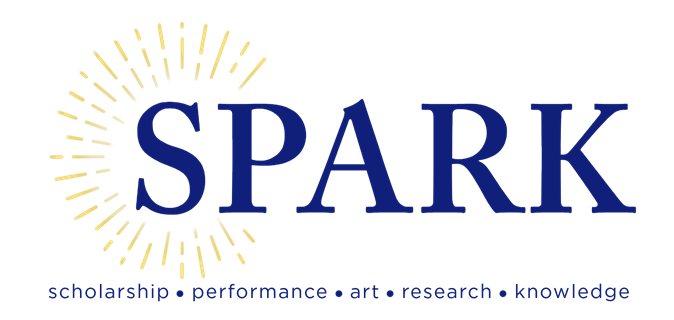
[Archive] Belmont University Research Symposium (BURS)
Picture That! EEG views imagery of your mind's eye
Publication Date
Spring 2023
College
Sciences and Mathematics, College of
Department
Psychological Science, Department of
BURS Faculty Advisor
Carole Scherling, PhD
Presentation Type
Oral Presentation
Abstract
Mental imagery involves perceptual reproduction without environmental input, providing new views of objects in space. While there are varying competencies, most engage parietal lobes. However, one cohort with imagery challenges, Aphantasia, reveals increased frontal lobe involvement. These individuals exhibit slower rotation reaction times (RT) and difficulty with facial recognition. Previous studies have predominantly used self-reports of deficits, leading to a void in concrete assessments. 49 undergraduates completed novel forced-choice judgments of dyad image orientations (same/mirrored), measuring ERPs, RT and accuracy. In block designs, mental rotation abilities were probed through 3 images (Blocks, Animals, Letters) and 4 Thatcher dyads (normal, manipulated images). Visualization skills were extracted through the VVIQ. Task validations mirror the literature. Overall, participants were slower in trials where one of the images was mirrored rather than same, p<0.01. For the mental rotation RT, for blocks (4375ms) required longer reaction times versus letters (2176ms) and animals (2407ms). Accuracy was similar across all conditions (p>0.05), indicating speed-for-accuracy compensations. In the Thatcher task, there was longer RT and decreased accuracy when both images were manipulated, compared to the other dyads (p<0.05). Right-screwed VVIQ scores led to non-parametric analyses, with Spearmans not revealing associations between imagery vividness and task or EEG performance (p>0.05). Prolonged frontal and parietal N200 latencies reflect slower access to visual properties of a stimulus, resulting in longer RT and decreased accuracy (p<0.05). Higher frontal P300 amplitudes are engaging more cortical networks associated with task engagement and decision making, leading to increased accuracy (p<0.05). Parietal and frontal regions associated with mental rotation ability reveal prolonged P300 latencies which may reflect impairments in mental rotation processing abilities, as evidence by longer RT and decreased accuracy (p<0.05).
Recommended Citation
Doogan, Sinead, "Picture That! EEG views imagery of your mind's eye" (2023). [Archive] Belmont University Research Symposium (BURS). 294.
https://repository.belmont.edu/burs/294


